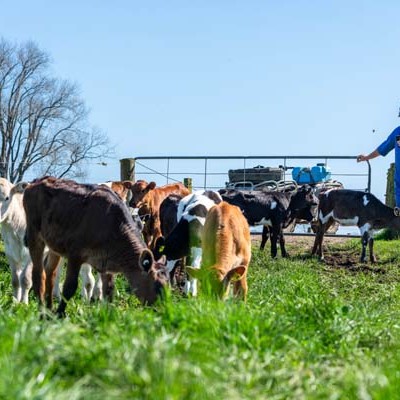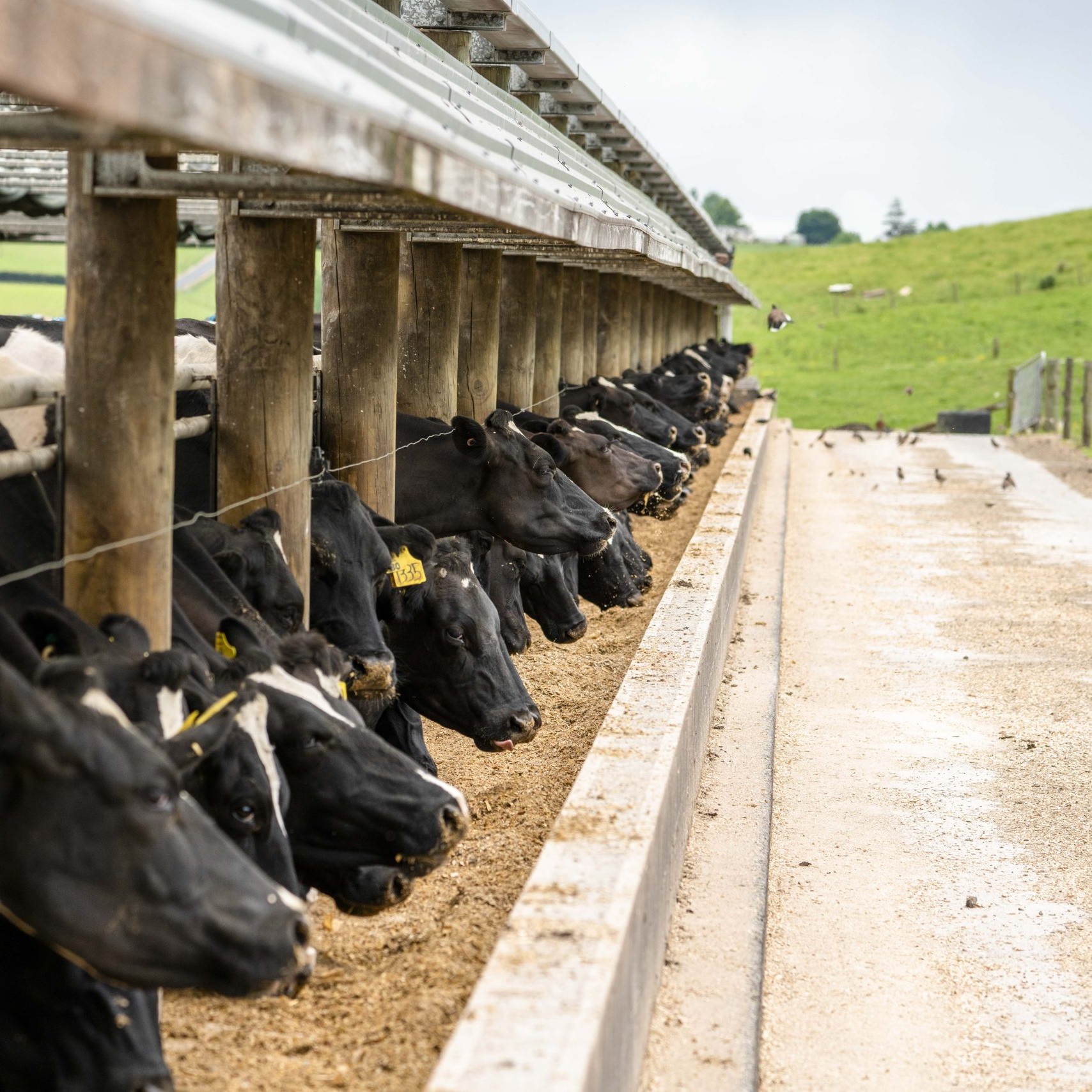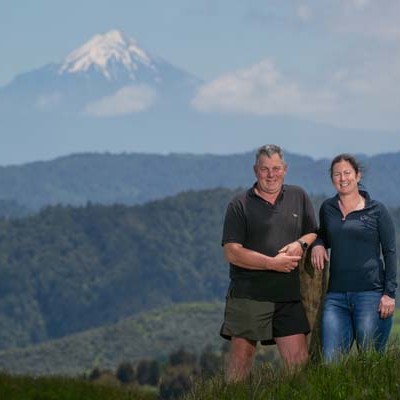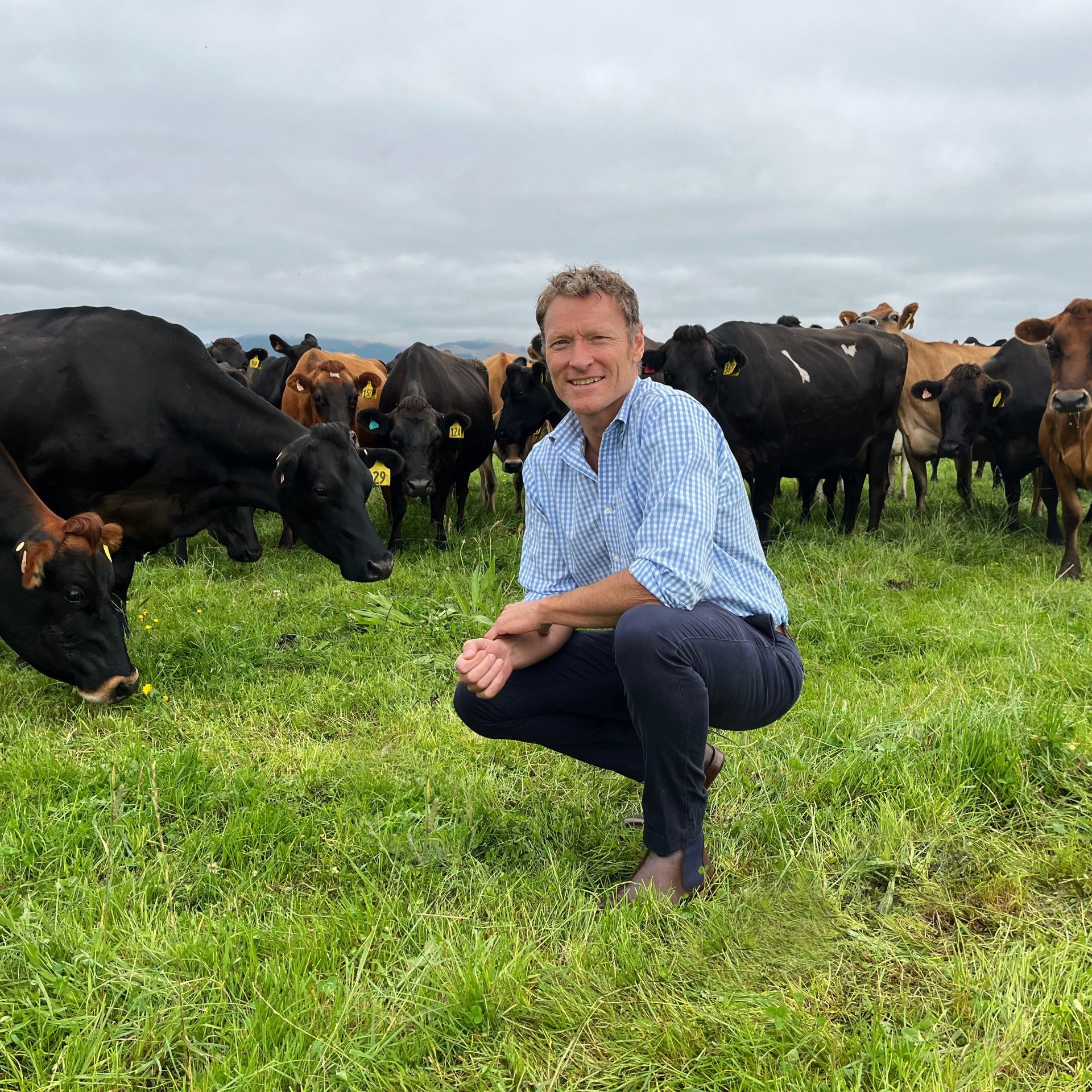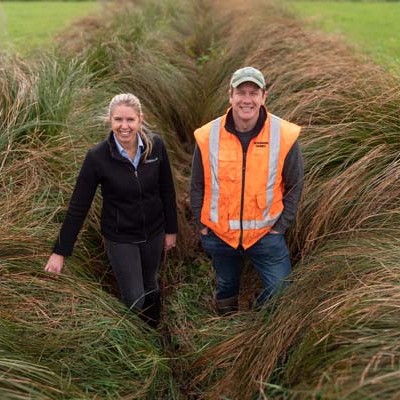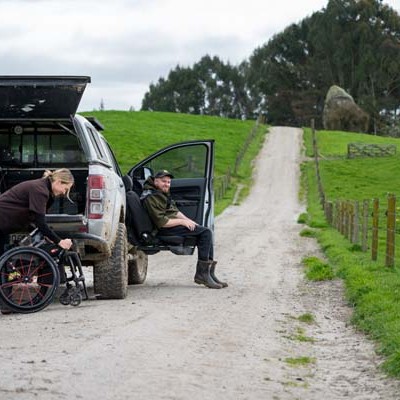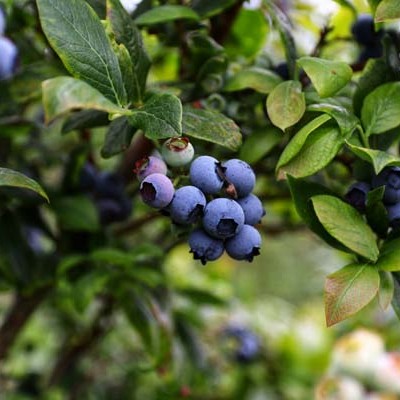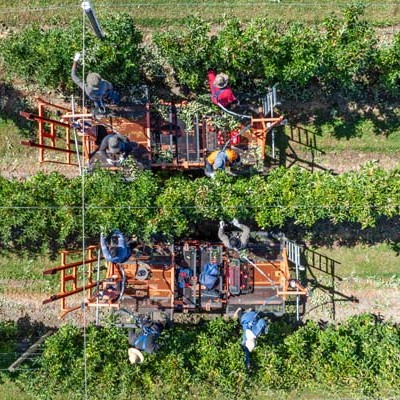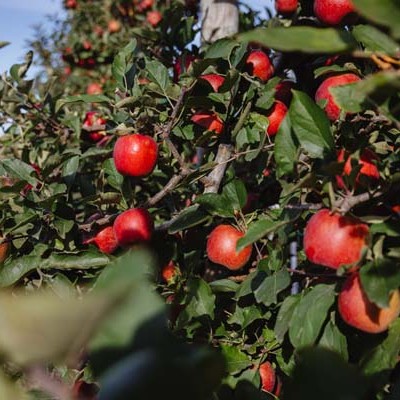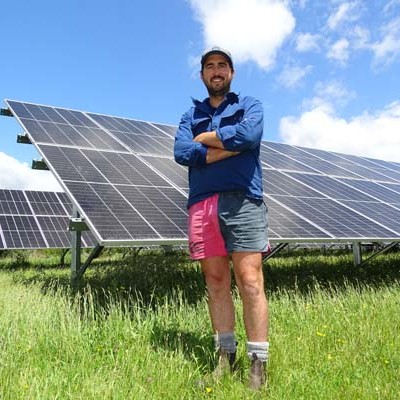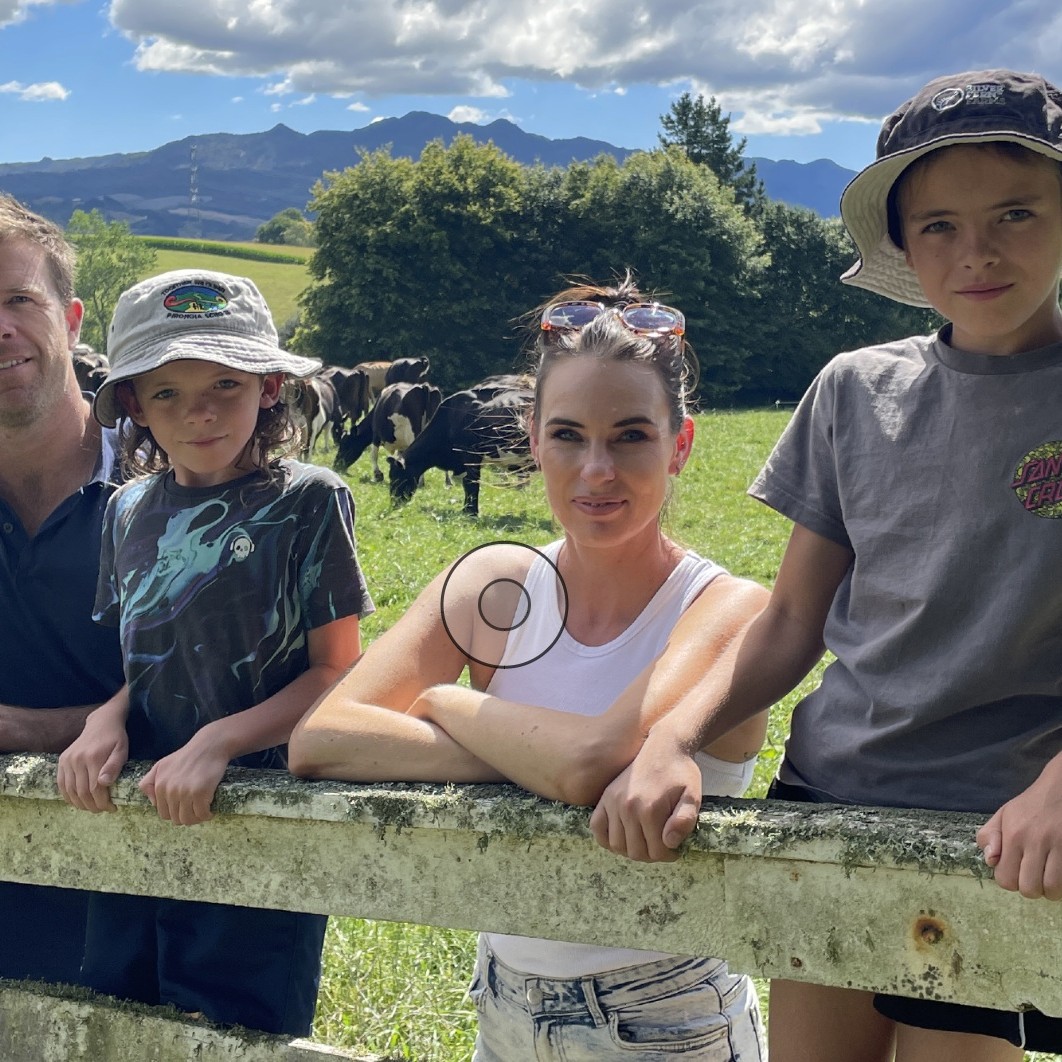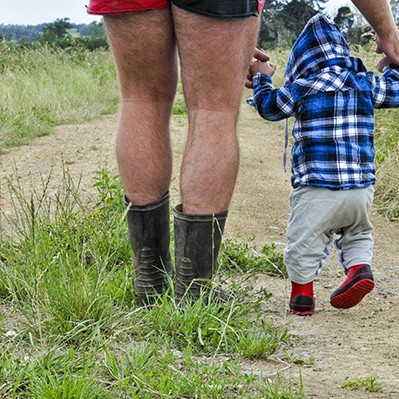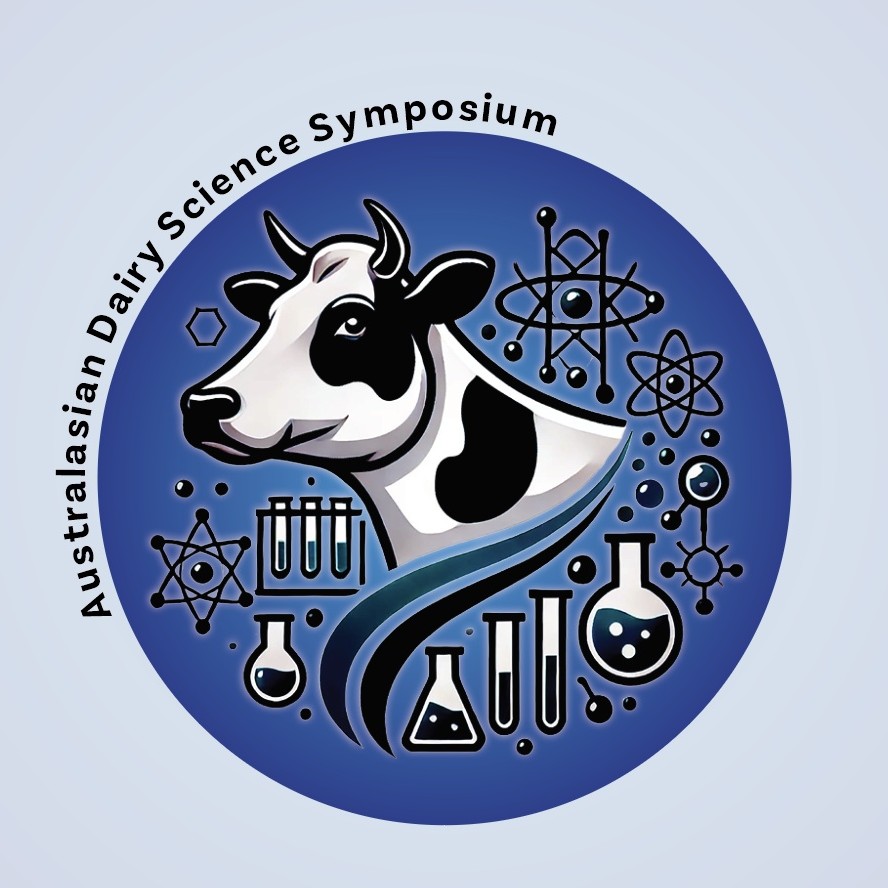All articles
The AI farmer
AI – not Artificial Insemination … the new buzz is Artificial Intelligence. Waikato sharemilker Matthew Zonderop has adopted the technology in his farming business. Words Sheryl Haitana.
Calculating efficiency
Calculating Feed Conversion Efficiency is a key metric for understanding overall farm efficiency as it reflects how efficiently feed is converted into milksolids, directly influencing productivity, profitability and emissions. Words Sheryl Haitana.
A clearer picture
Having daily information on individual cow health has enabled Taranaki dairy farmers Sarah and Wayne Neilson to turn on the engine of their genetically capable cows and get them back in calf more easily. Words Sheryl Haitana.
Using AI to pinpoint mastitis bacteria
The New Zealand dairy industry has made great progress but still has a fair way to go to get farmers to stop using antibiotics prophylactically and instead use them selectively for a cow with a proven and identified infection, veterinarian and DairySmart Chief Executive Ben Davidson says. Words Sheryl Haitana.
Holding onto pride
There are three guiding mantras at Beaumaris Dairies in Canterbury – pride, cash and simplification. Words & photos Anne Lee.
Passion to maintain pathway
Braden Coates and Hayley Ireland have always strived for excellence in everything that they do and last season they achieved a tick of excellence from their milk processor Miraka earning a 20c/kg MS premium. It’s a nice bit of cream on top for their 2023/24 season payout, but the young couple have overcome a lot more than most to rise to the top. Words Sheryl Haitana, Photos Emma McCarthy.
Challenges of change
With a record milk price in farmers’ sights, the idea of hanging up the clusters and switching off the milking plant in favour of carrying out some other activity on their land seems nonsensical for all but a couple of higher-risk yet high-returning horticultural activities. Words Anne Lee.
A digestible exit industry
Bay of Plenty dairy farmer and kiwifruit orchard owner David Jensen has experienced the ups and downs of both industries and shares some insights for those farmers who are thinking about investing in horticulture. Words David Jensen.
Dairy to apples
Canterbury is known for going it big when it comes to dairy – the same now looks true for apples. Words Anne lee.
A new food bowl in Canterbury
Canterbury and Otago are on the radar for horticulture companies with access to water and flat land along with the right climate and soil characteristics making the regions attractive. Word Anne lee.
Here comes the sun
Solar farming is a fast-growing part of New Zealand’s energy sector and could be an opportunity for farmers to diversify their income. A Massey University presentation at AgInnovation explored the possibilities for solar farming to co-exist with sheep grazing, providing two sources of income per unit of land area, and crunched the numbers on the returns. Words Rebecca Greaves.
Sunny side up
When the summer dry dents milk production on the unirrigated river flats, a solar farm on the upper terrace is making good use of the sun’s rays for a Golden Bay family. Words Anne Hardie.
Valuing the right decisions
Vigilant analysis, strategic decisions and sacrifices are behind the success of Waikato dairy farmers Dan and Gina Duncan. Words Sheryl Haitana.
Quick succession
Trying to achieve a successful succession story can be difficult for the younger generation who may feel they have no control over the decisions being made.
Tetraploid hybrid ryegrass – a tool to reduce nitrogen loss?
Another pasture species could provide valuable reductions in nitrogen loss with calls for more research into the potential of tetraploid hybrid ryegrass. Words Anne Lee.
Sizzling science
Machine learning and advanced cow-based technologies are helping scientists predict heat stress risk for cows and provide early warnings to farmers, enabling them to implement action plans to mitigate its effects. Words Anne Lee.


